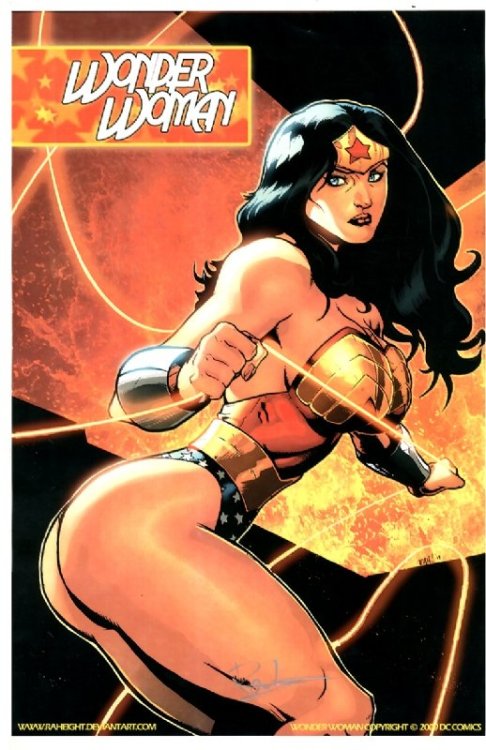I remember
one winter years ago I was confused about toenail-polish. I mean, I still kind
of am; but I was confused in a different way back then. On this winter day many
years ago I asked my mom “Why do you paint your toenails if nobody’s going to see
them?” My mom said that she was doing it for herself, and at the time I thought
that was a stupid response. Why, I thought to myself, would you do take the
time and effort to do anything so superficial to yourself if no-one is going to
see it? The answer is quite obvious now,
just as it was those years ago: It was for herself.
I bring up
that anecdote because I think it illustrates the relationship between the
female image and the male gaze, and just how subconscious the effect has
gotten. At that age I did not see the point of doing something that wouldn’t be
seen. And when my mom told me she was doing it for herself, doing something to
change her own image of herself, I couldn’t understand why she would do that.
As someone who defined others based on what they showed of themselves, I couldn’t
grasp the concept of someone having their own definition of themselves based on
things that others couldn’t possibly know. Simply, as a “dude” I couldn’t
understand that a woman would want to define herself.
Also in many of these cases, the woman is not looking around at the world of the painting she inhabits, but straight out at the (male) viewer, looking back at her.
That
concept there: that it is up to another person, most likely a man, to define a
woman for her based primarily on what he sees of her is the basis of the male
gaze. But more than just telling a woman what she is, the male gaze is about
telling a woman what men want her to be, and what she should want herself to
be. As Berger states in “Ways of Seeing,” “Men look at women. Women watch
themselves being looked at.” (Berger 47). While a man is free and expected to
influence and act upon the world around him, a woman is trained to be too introspectively
focused to tell the outside world what she wants from it. This idea is exemplified
through Berger’s study of the nude in the same piece and how the image of the
woman is always being painted by the man, creating in effect an idol for the
woman to want to be, even though in many cases there is no physical way for a
woman to look like such.
 |
| Ruben's 2nd Wife in a very unnatural pose. |
 | ||
| Wonder Woman in a similar "Boobs and Butt" pose. |
Also in many of these cases, the woman is not looking around at the world of the painting she inhabits, but straight out at the (male) viewer, looking back at her.
One reason that the male gaze continues to be the most pervasive perspective in media, to this day, is that straight white men are still the majority of media makers. Or at the very least, their media is the type that gets seen. However, a larger reason for this is that straight white men are still the media’s primary audience. The media at large simply does not cater to female/colored/non-hetero audiences. It’s the most pervasive in a way because it is so barely contested. What we need to change this are more varied media producers creating media for more varied audiences. And it’s there where the “oppositional gaze” comes in.
The oppositional gaze is the perspective of the defined. It is how the non-male/non-white/non-hetero define themselves and the world around them. In response to not feeling properly represented by the media, not having their perspective shown in the media; the oppositional gaze is how they look back into the male gaze and say “No, this isn’t how we see the world.” The oppositional gaze is them looking for themselves and saying “Not only will I stare. I want my look to change the world.” (Hooks 116). Because there is a power in looking around and understanding the world for yourself. As the SWM has known for centuries, telling someone what it is and what it should be gives you immense power over them. And the oppositional gaze is taking it back for themselves. It developed first, Bell Hooks says with independent black cinema, and since then has spread and has popped up online as a response to women in comics; and even some would argue, in video games. The oppositional gaze is an important step in making sure that media can be made by anyone, for anyone. It is a step in taking back what should so rightfully be yours to have: your perspective.
No comments:
Post a Comment
Note: Only a member of this blog may post a comment.